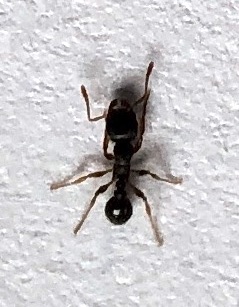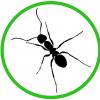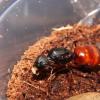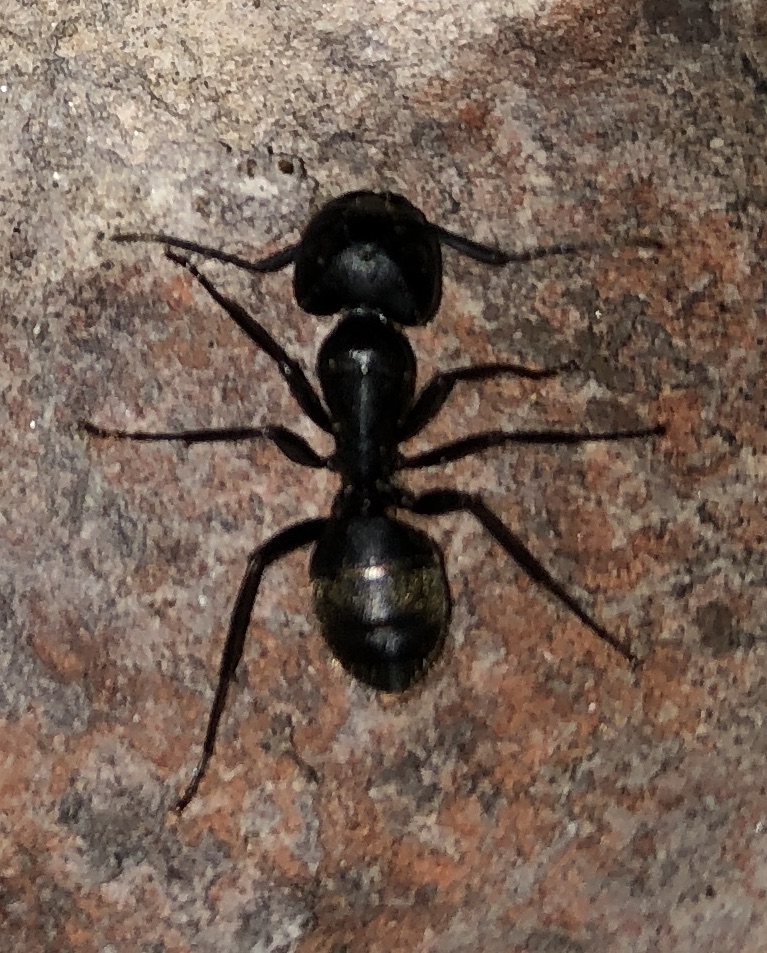Found some small pen dot sized holes in the corner of one of my upstairs bedroom ceilings. Thought at first bad paint job by previous owner, but this morning saw some critters milling about. Also notices on the floor below a bunch of dead ones.
My first thought was oh no termites, but these look like ants to me.
Can anyone help me out? Very much appreciate the time!
Here's a clip of one crawling around: https://streamable.com/iit960
Body:
1. Location of collection: 2nd floor bedroom ceiling, Abuts up tp chimney.
2. Date of collection: 31 Aug
3. Habitat of collection: Indoor residential
4. Length: Unknown, very small .25" or less
5. Coloration: Dark head body with lighter limbs
6. Distinguishing characteristics: Unknown, too much of an amateur
7. Anything else distinctive: Some dead ants on floor below and light debris.
8. Nest description: Unknown.
9. Nuptial flight time and date: NA
10 . Post the clearest pictures possible of the top, side, and face of the ant in question, and if possible, their nest and the habitat they were collected in.
Edited by GeologyRocks, August 31 2021 - 6:41 AM.


















